Mastering the Best Toothbrush Techniques for Healthy Teeth
When it comes to maintaining healthy teeth, the technique you use while brushing is just as important as the toothpaste you choose. Knowing the best toothbrush techniques can ensure that your teeth remain clean, healthy, and free from cavities. In this article, we’ll explore effective toothbrush techniques for healthy teeth, provide real-life examples, and offer practical tips to improve your oral hygiene routine.
1. Why Toothbrush Technique Matters for Healthy Teeth
It’s easy to think that brushing is a simple task, but the technique you use has a huge impact on your oral health. Brushing too hard, using the wrong technique, or neglecting certain areas can lead to plaque buildup, gum disease, and tooth decay. The best toothbrush techniques ensure that you’re effectively removing plaque and bacteria without causing damage to your teeth or gums.
2. The Best Brushing Techniques for Healthy Teeth
Here are some of the most effective toothbrush techniques for maintaining healthy teeth:
- Use a Soft-Bristled Toothbrush: A toothbrush with soft bristles is gentle on your gums and enamel while still being effective at removing plaque.
- Brush for Two Minutes: Aim to brush your teeth for at least two minutes to ensure thorough cleaning. You can use a timer or an electric toothbrush with a built-in timer to help keep track of time.
- Follow the 45-Degree Angle Rule: Hold your toothbrush at a 45-degree angle to your gum line. This helps to clean both the surface of your teeth and the areas along your gum line, where plaque tends to build up.
- Gentle, Circular Motions: Instead of scrubbing back and forth, use small, gentle circular motions. This helps to avoid damaging your enamel and gums while effectively removing plaque.
- Don’t Forget the Back Teeth: The back teeth (molars) are often neglected but are crucial for chewing. Be sure to brush them thoroughly, paying close attention to the areas where food particles can accumulate.
- Brush Your Tongue: Your tongue harbors bacteria and food particles, which can contribute to bad breath and plaque buildup. Gently brush your tongue each time you brush your teeth.
3. Real-Life Example: How Proper Brushing Techniques Saved a Smile
Consider the case of Jake, a 32-year-old who was struggling with gum irritation and plaque buildup despite brushing his teeth regularly. After a visit to the dentist, he was advised to switch to a softer-bristled toothbrush and modify his brushing technique. By adopting the 45-degree angle rule and using gentle circular motions, Jake’s gum health improved, and his plaque buildup was significantly reduced. Within weeks, he noticed a cleaner, fresher feeling in his mouth and was able to avoid further gum issues.
4. How to Choose the Right Toothbrush for Effective Brushing
While your technique is key, choosing the right toothbrush is equally important. The market offers various types of toothbrushes, and it can be overwhelming to know which one to choose. Here are some guidelines:
- Manual or Electric: Both manual and electric toothbrushes can be effective when used with the right technique. Electric toothbrushes tend to have built-in timers and may offer more brushing power, making them easier to use correctly.
- Brush Size: Opt for a toothbrush with a head that comfortably fits into your mouth and can easily reach all areas of your teeth, including the back molars.
- Soft Bristles: Soft bristles are less likely to damage gums and enamel while still being effective at cleaning your teeth.
5. Common Mistakes to Avoid in Your Brushing Routine
Even with the best toothbrush techniques, it’s important to avoid common mistakes that can negatively affect your oral health:
- Brushing Too Hard: Many people brush their teeth too aggressively, thinking it will clean their teeth better. However, brushing too hard can wear down enamel and irritate your gums.
- Not Replacing Your Toothbrush: A worn-out toothbrush won’t clean your teeth effectively. Make sure to replace your toothbrush or toothbrush head every 3–4 months.
- Skipping Areas of the Mouth: Don’t rush through your brushing routine. Be sure to clean all areas of your mouth, including the back teeth and along the gum line.
6. Enhance Your Oral Care Routine for Long-Term Results
Brushing is an important part of your overall oral hygiene routine, but it should be complemented by flossing, using mouthwash, and visiting your dentist regularly. Flossing helps to remove food particles and plaque between your teeth, while mouthwash can provide an extra layer of protection against bacteria and bad breath. Regular dental check-ups ensure that any potential issues are caught early.
7. Conclusion: Take Control of Your Oral Health with the Best Toothbrush Techniques
By incorporating the best toothbrush techniques into your daily routine, you can maintain healthy teeth for years to come. Whether you use a manual or electric toothbrush, following the right technique is essential for optimal oral health. Start today by improving your brushing habits and investing in the right toothbrush to ensure a brighter, healthier smile!

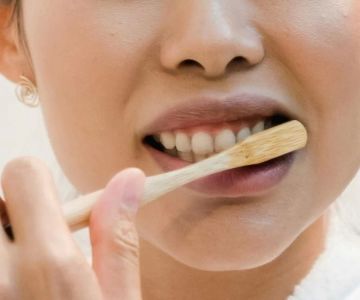
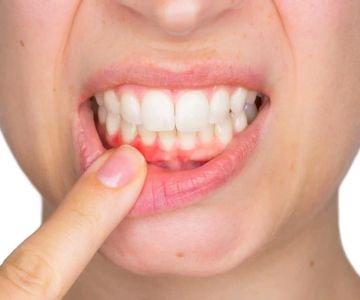

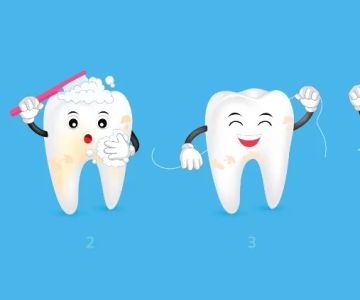

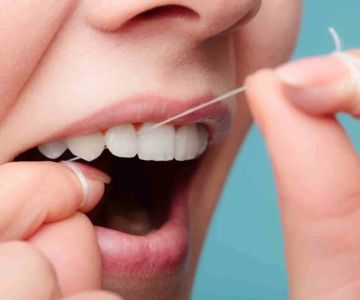
 Westgate Dental Arts
Westgate Dental Arts Coventry Family Dental
Coventry Family Dental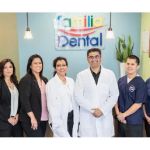 Familia Dental
Familia Dental Dr. Daniel S. Fife, DDS
Dr. Daniel S. Fife, DDS Dentistry At Suburban Square: Michael I. Wollock, DMD
Dentistry At Suburban Square: Michael I. Wollock, DMD Comfort Care Dental
Comfort Care Dental The Importance of Oral Health Education During Pregnancy for a Healthy Pregnancy
The Importance of Oral Health Education During Pregnancy for a Healthy Pregnancy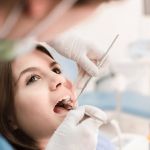 Why Skipping Dental Checkups Can Lead to Bigger Oral Health Problems
Why Skipping Dental Checkups Can Lead to Bigger Oral Health Problems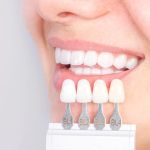 Advantages of Porcelain Dental Restorations
Advantages of Porcelain Dental Restorations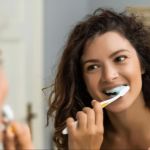 Best Tips for Brushing Your Teeth Properly for Healthy Gums: Essential Techniques for Oral Health
Best Tips for Brushing Your Teeth Properly for Healthy Gums: Essential Techniques for Oral Health How Can Diabetes Cause Tooth and Gum Problems? Preventing and Managing Oral Health Issues
How Can Diabetes Cause Tooth and Gum Problems? Preventing and Managing Oral Health Issues Healthy Habits for Promoting Good Oral Health and Hygiene: Tips for a Healthy Smile
Healthy Habits for Promoting Good Oral Health and Hygiene: Tips for a Healthy Smile